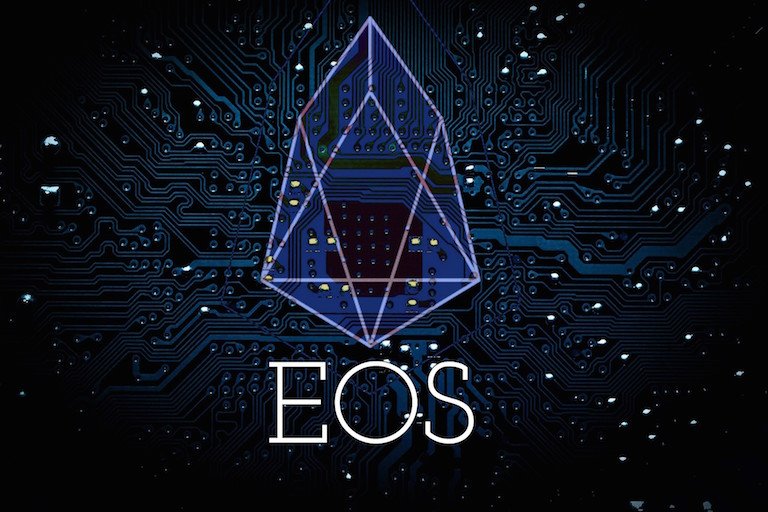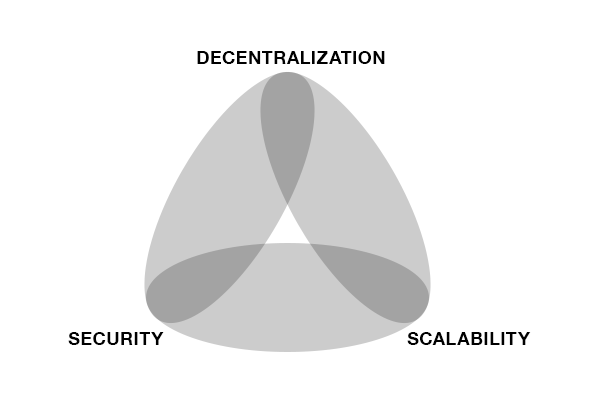
Since the advent of smart contracts in blockchain technology, Ethereum (ETH) has been the go-to platform among several dApps developers. The past year and a half or so, however, has seen one of the biggest (if not the biggest) rivalries brew up in the blockchain landscape as Eos (EOS) blockchain came to life. Eos is currently growing rapidly in community numbers and value as Ethereum continues its quest to hold on to the top spot. While the two blockchains are still at the take-off stage and showing great developmental potential, key differences exist between the two blockchains.
This article discusses the Ethereum and Eos blockchains in details offering a short history on both chains, the blockchain trilemma, the differences between the two blockchains and what the future holds for both platforms.
Outline
- Prequel to Ethereum and Eos
- The blockchain trilemma
- EOS vs Ethereum: Key Differences
a. Decentralization Vs Scalability
b. High vs Low Transaction Fees
c. Other technical differences - EOS and Ethereum in future
- Prequel to Ethereum and Eos
Ethereum was first developed in 2013 by a Canadian- Russian developer, Vitalik Buterin with an aim to improve on Bitcoin’s shortcomings. In the same breath, in June 2017, Eos launched its ICO with an aim to develop improvements to Ethereum’s blockchain network. EOS has raised the largest ICO yet at $4 billion USD over a year which has given the platform an edge in its competition with Ethereum.

Ethereum (ETH) logo
“Ethereum is a decentralized platform that runs applications that work exactly as programmed without any possibility of downtime, censorship, fraud or third-party interference.”

EOS official logo
Ethereum is currently the largest smart contract platform with a market capitalization of $16.42 Billion USD. Eos (EOS) is the second largest smart contract platform with a total market capitalization of $4.44 Billion USD.
The Blockchain Trilemma
The blockchain trilemma, or scalability trilemma, is yet to be solved by anyone in the industry so far due to the complexity of the systems. The trilemma states that any blockchain can only achieve two of the three main characteristics of a blockchain; scalability, decentralization and security. For example, if a blockchain achieves total decentralization and is very secure, it will sacrifice scalability of the platform.
 The blockchain (Scalability) trilemma
The blockchain (Scalability) trilemma
This is the main problem that defines the difference between Ethereum and Eos blockchain platform. Security is the key property on any blockchain which means that most project developers focus on either decentralization or scalability as the variable. Ethereum is one of the most decentralized platforms in the blockchain space while EOS sacrifices some decentralization to focus on the transaction speeds and scalability aspect. We discuss this concept in detail in the next section.
EOS vs Ethereum: Key Differences
a. Decentralization Vs Scalability
As explained before Ethereum and Eos main difference arises from the scalability trilemma where Eos sacrifices some decentralization for scalability. Ethereum is highly decentralized but lacks scalability properties.
Scalability
One of the key areas that Eos and Ethereum differ is the scalability capacity of the blockchains. While Ethereum carries out close to 20 transactions per second, Eos carries out over 10,000 transactions per second. The latter blockchain can compete with global transaction systems such as VISA that carry out thousands of transactions per second. Furthermore, EOS has a solution called inter-blockchain communication, which creates another EOS blockchain where more transactions can go through. Ethereum is, however, working to remove the scalability flaws through sharding and second layer developments on the blockchain.
Decentralization
Ethereum and EOS blockchains also differ on their consensus algorithms, whereby the former uses a proof of work (PoW) mechanism and the latter delegated proof of stake (DPoS). While Ethereum focuses on a decentralized system, EOS has sacrificed decentralization for 21 main nodes that are responsible to produce new blocks. Only fifteen of the twenty-one nodes are needed to confirm a transaction which takes less than 5 seconds.
EOS has been criticized for abandoning the decentralized concept of blockchain technology as the system remains centralized around the 21 block producers, most of whom are selected by Block.one (the founding company of EOS blockchain). However, this ensures that the confirmations are processed quickly without every participant having to confirm and verify the transactions.
b. High vs Low Transaction Fees
EOS boasts of a zero fee platform that holds your tokens during the transaction (as transaction fees) and once complete the tokens are returned to your account. On the other hand, Ethereum (and Bitcoin) are two of the largest blockchains with comparatively high transaction fees and gas fees which is becoming a huge disadvantage to the platform’s global adoption quest.
c. Other technical differences
EOS is mainly coded using C++, a common WebAssembly language that is widely used while Ethereum relies on Solidity to develop the platform. C++ is a common language which has allowed many developers to choose EOS as their platform of choice in recent months. However, Ethereum boasts of the largest developer community yet with most Solidity developers claiming the language is easy to learn and use.
EOS and Ethereum in future
The two blockchains will not slow down on their developments as each targets the global market. Ethereum currently holds the mantle as the largest smart contract platform but EOS is growing in both community numbers and value as developers move their dApps to the platform.
The future of the two platforms is however not a zero-sum game as both the blockchains can coexist and offer different uses as seen in today’s market. While Eos and Ethereum communities fight for supremacy a focus on the cooperation and interconnectivity between the two may improve the overall industry rather than having hostility between the two communities.


